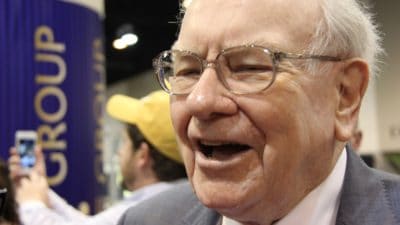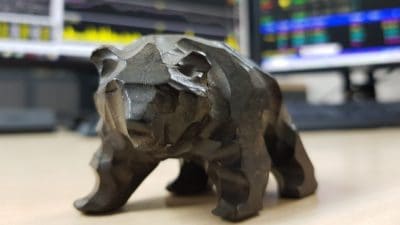British American Tobacco (LSE: BATS), utility SSE (LSE: SSE) and funerals group Dignity (LSE: DTY) all released news this morning, prompting their shares to move higher when the markets opened.
British American Tobacco (BAT) reported continuing headwinds from declining cigarette volumes and currency exchange rates. The first half of the year saw volumes decline 2.9%. Revenue declined 5.9%, but would have risen 2.4% if exchange rates had remained constant. Similarly, earnings per share (EPS) fell 1.6%, but would have been up 3.9% at constant exchange rates. The Board lifted the interim dividend by 4%, being “confident that we are on course to deliver an improved second half”.
Dignity also released first-half results. Revenue rose 19.2% and EPS soared 58.5%, the strong performance being principally as a result of a 13.2% increase in the number of deaths compared with the same period last year. The Board increased the interim dividend by 10%, and said it now anticipates that full-year results will be ahead of its previous expectations. However, it also cautioned that “expectations for 2016 and beyond remain positive but unchanged as there is a strong possibility that the number of deaths in 2016 may be significantly lower following the very high number of deaths in 2015”.
SSE’s news wasn’t a results release, but was a reminder that utilities need to make ongoing substantial capital investment: the company has agreed to acquire gas assets for £565m, with an additional forecast investment of £350m needed to complete the development.
BATS, Dignity and SSE are solid defensive businesses — that’s to say, businesses that aren’t too badly affected by the ups and downs of the economy — and provide a good foundation for a portfolio. But, of course, we have to consider their track records, future prospects and current valuations in deciding whether they make for a good investment at the present time.
The table below shows the earnings-per-share (EPS) growth rate of the three companies for the last five years, and forecasts for the next two years.
| 2010 | 2011 | 2012 | 2013 | 2014 | 2015 forecast | 2016 forecast | |
| BATS | 15 | 11 | 5 | 5 | -4 | 0 | 8 |
| SSE* | 2 | 0 | 5 | 4 | 1 | -10 | 6 |
| Dignity | 15 | 19 | 14 | 15 | 19 | 15 | 12 |
* BATS and Dignity have December year ends. SSE has a March year end. In the 2010 column SSE’s figure is for March 2011, in the 2011 column for March 2012, and so on.
As you can see, BAT’s earnings growth has slowed markedly in recent times, turning negative last year. However, there is an improving outlook, and positives include scope for some further consolidation in the tobacco industry, the ability to raise prices in emerging markets as disposable income in those territories increases, and next-generation products, such as e-cigarettes. BAT’s growth in the next 20 years may not be as high as it’s been in the past, but the 8% EPS increase forecast for 2016 could be a sustainable rate.
Governments don’t want vital utilities to make too much profit for shareholders at the expense of consumers, so SSE’s earnings growth is never going to be as high as that of a successful company operating in the free market. This year’s forecast earnings dip is unusual, but as you can see from the table, growth isn’t scintillating at the best of times. Increases in EPS somewhat ahead of inflation (next year’s forecast 6%, for example) is the long-term prospect for regulated utilities, with lower risk being the compensation for the relatively modest growth.
Dignity owns and operates crematoria and funeral parlours. The latter is a highly fragmented industry, with many single, often family-run businesses and small chains. Dignity is a consolidator, and as it’s scale is growing, such businesses are being attracted by the investment, lower costs and so on that being part of a larger group can bring. As you can see, Dignity has been consistently increasing earnings at a faster rate than both BAT and SSE. Furthermore, the company can continue growing at a strong rate, because it still has huge scope to increase its market share.
What of valuations? How much is the market asking us to pay for these three companies with their rather different rates of earnings growth?
SSE trades on a forward price-to-earnings (P/E) ratio of 13.5, and I’d suggest mid-single digits is a sustainable earnings growth rate. BAT’s P/E is 17.5, with potentially high single-digit growth. Dignity’s P/E is 24, with mid-teens growth appearing realistic.
All three companies deliver substantial amounts of cash to shareholders: SSE’s forward dividend yield is currently 6% and BAT’s is 4.3%. Dignity’s yield is 1%, but the company makes substantial capital returns to shareholders from time to time, making it a higher yielding stock than the ordinary dividend might suggest.
All three companies appear to me to be reasonable value at the present time, with SSE being the obvious choice for those seeking an immediate high income.







